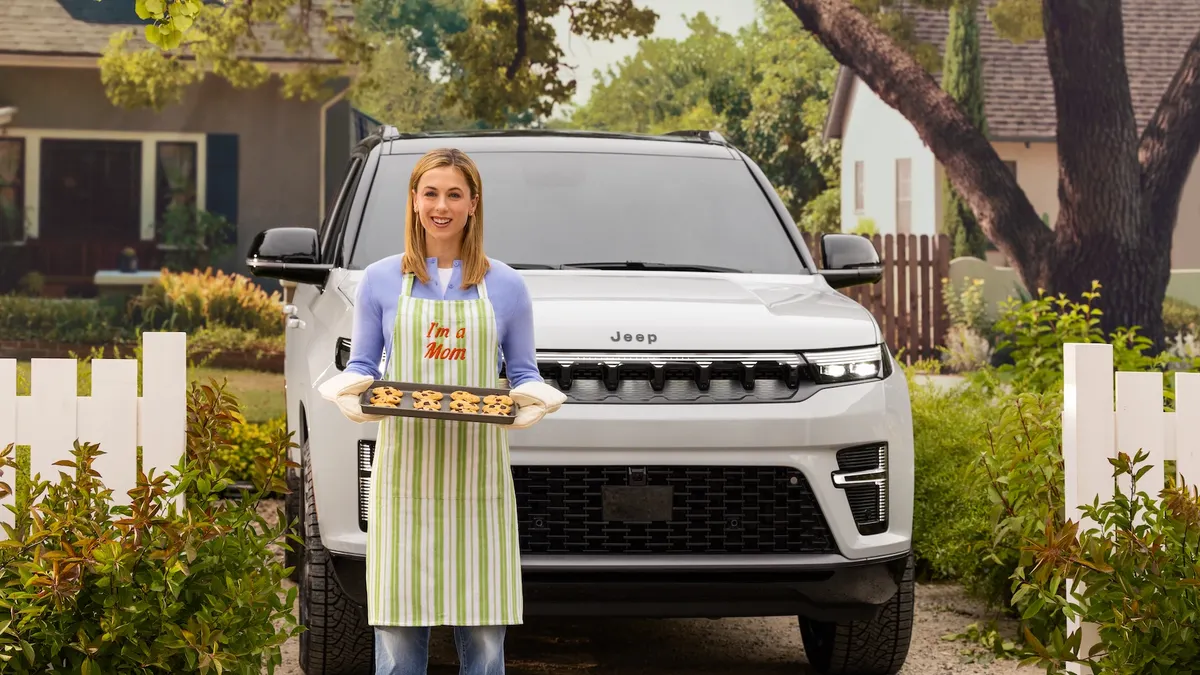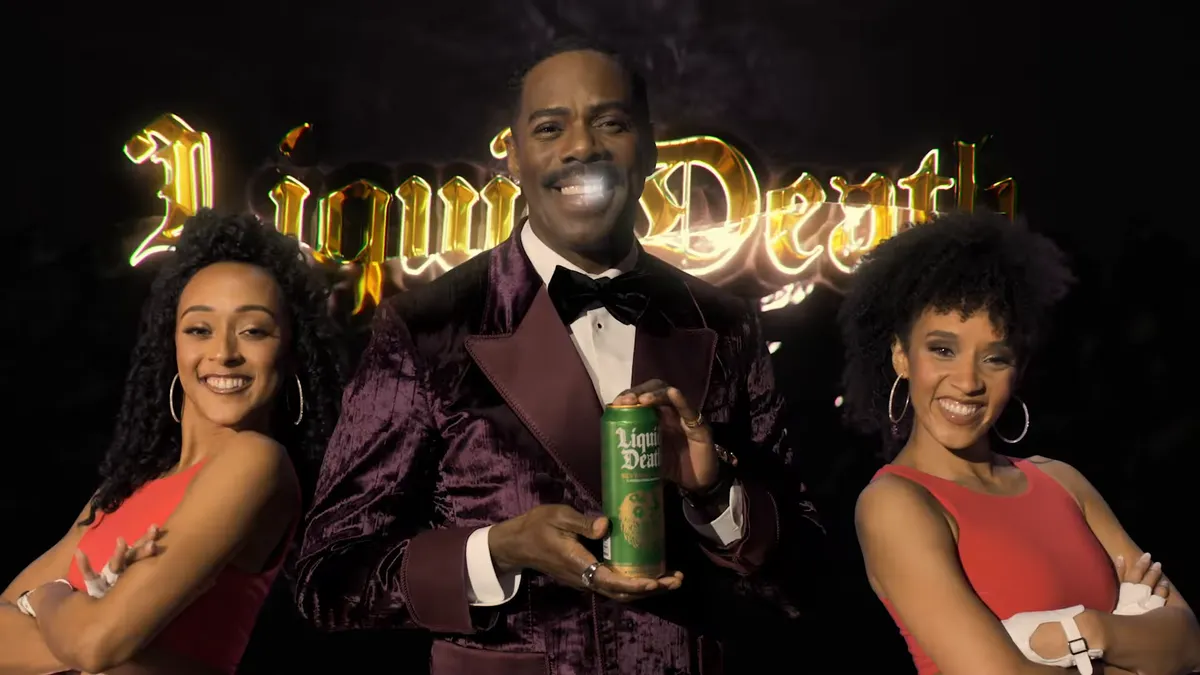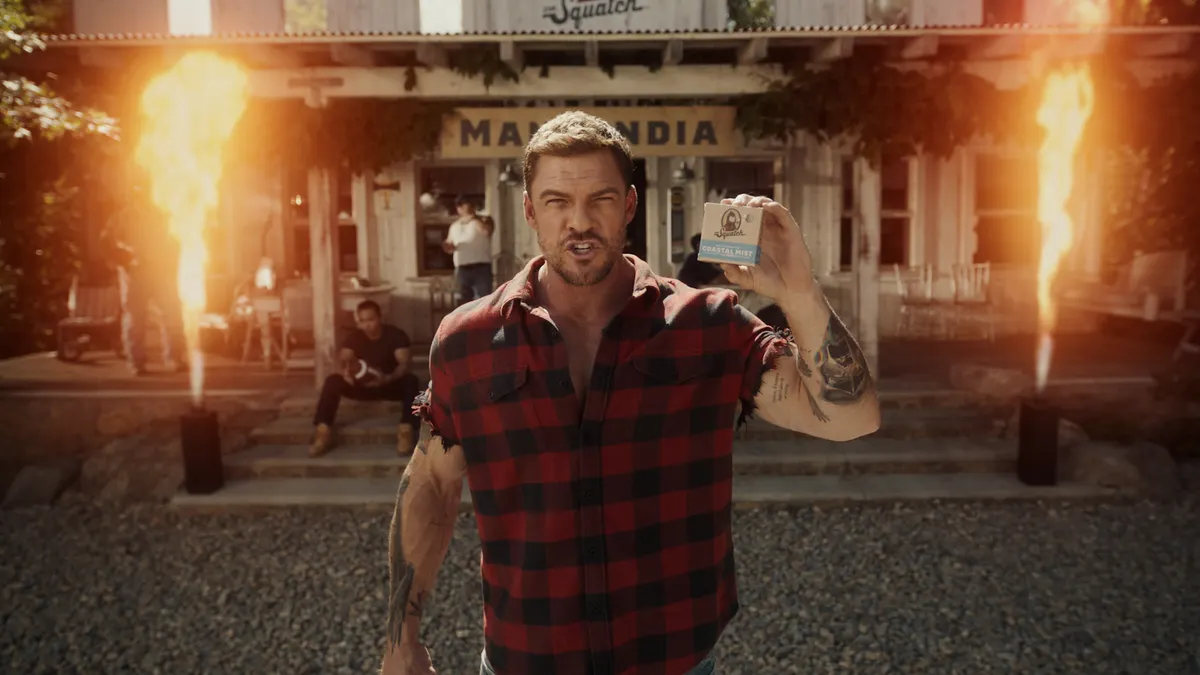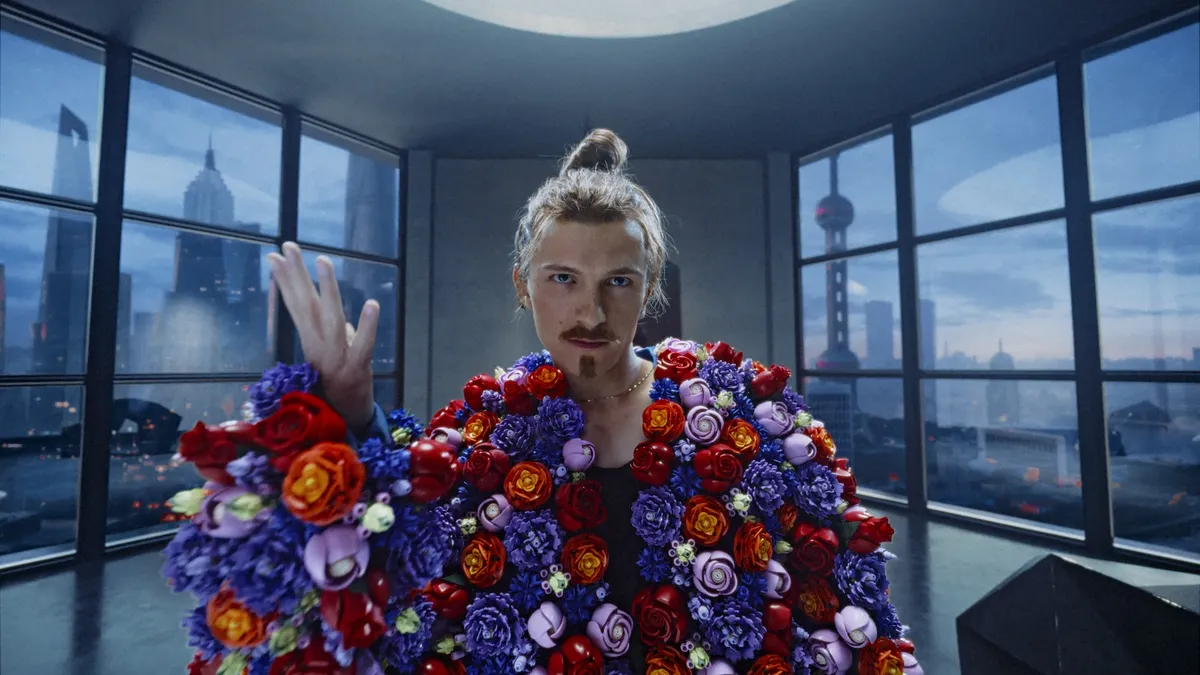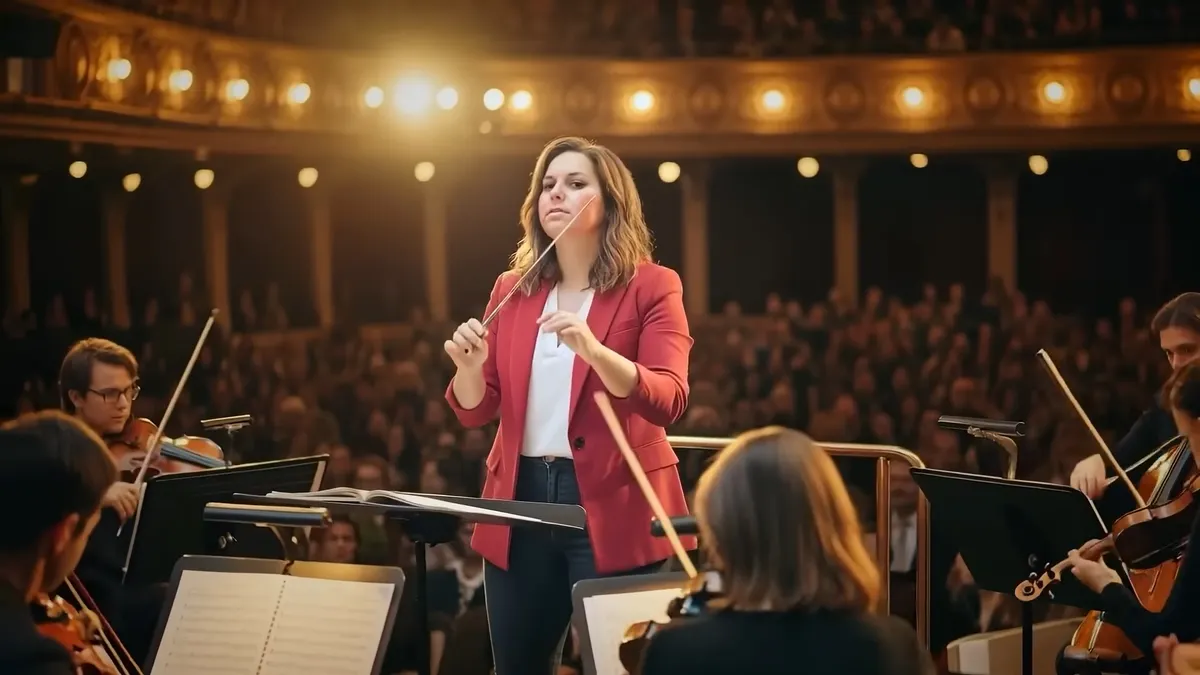Campaign Trail is our analysis of some of the best and worst new creative efforts from the marketing world. View past columns in the archives here.
To develop a marketing campaign for the U.S. Census Bureau around the nation's once-in-a-decade headcount of every person in America, agency VMLY&R had to figure out how to use a single message to motivate participation across many different demographics during a period of particular divisiveness in the country.
The U.S. Census Bureau enlisted VMLY&R in August 2016 with a unique goal: Rather than pushing products or designing creative for traditional brand-building, the government unit needed a public education campaign for its 2020 census, which kicks off this week in a remote fishing village in Alaska. Working with the bureau provided a stark contrast from the agency's standard consumer brand partners, but also a compelling challenge.
"It's a different sort of exercise to design creative to get people to take precious time out of their day to do a thing," VMLY&R Program Director Alex Hughes told Marketing Dive. "It's akin to behavior change in a no-smoking campaign, where we're asking people to take action at a time when many of them don't have the inclination to do so."
Complex orchestration
With more than 1,000 pieces of creative spanning 13 languages and a dozen partners focused on multicultural outreach, the endeavor was a logistical challenge to boot. The $500 million "Shape your future. Start here" campaign includes TV and radio ads, digital, social media, print, billboards, bus stops and in-school songs and lessons for teachers. It will skip a Super Bowl buy — unlike the past two census efforts — but will air spots in other large-audience sports programming such as March Madness toward the campaign's goal of reaching 99% of Americans.
Just one week into the campaign rollout, 21 videos are available on YouTube. The anthem spot, "Everyone Counts," touches on America's diversity and the importance of being counted for proper allocation of federal funds toward social programs like healthcare and education. Each commercial varies in storyline, though a common theme in many is a child speaking in their native language to inform an adult about the census.
"The kids are an important piece, as many of them learn about census in school and talk about it with their parents at home," Hughes said. "Now all of a sudden, if a parent is reluctant to respond, this student might actually be the person who convinces their mom or dad to sit down at the computer and do it with them together."
By design, an upbeat and aspirational tone is woven throughout all the creative.
"We felt that being positive and inspirational was going to be particularly important to get people focused on feeling good about participating in this all-important cornerstone of our democracy," Hughes said.
Powered by research
Insights pointing to the need for positive messaging stemmed from extensive research by the Census Bureau and VMLY&R.
"At first I was surprised at how much research was going into this complex campaign," Hughes said. "But having thought about it in retrospect, the U.S. Census Bureau is the largest statistical organization in the world, so as a result, you must imagine [it] would never go to market with any kind of communications campaign without thoroughly testing it."
"It's a different sort of exercise to design creative to get people to take precious time out of their day to do a thing. It's akin to behavior change in a no-smoking campaign, where we're asking people to take action at a time when many of them don't have the inclination to do so."

Alex Hughes
VMLY&R, program director
Before the team was able to begin brainstorming or producing creative, they conducted a three-part research initiative to understand consumers' attitudes around the census and to identify common barriers of participating. That created a baseline of understanding around what will encourage people to respond to the government survey, providing a clear message around which VMLY&R could produce creative.
"Hands down, the one motivator was people understanding that responding to the census will have a positive impact on their local community," Hughes said. "If you respond, you can shape your future. That's how we came to that platform idea, which drove the whole concept from then on."
At that point, 42 focus groups and an analysis of 17,000 online survey responses indicated any creative gaps or missteps and confirmed that the campaign platform of "Shape your future. Start here" communicates the Census Bureau's goal of motivating consumers to participate.
Addressing cultural nuances at scale
But at the same time, what "help" means in one community may mean something different among another demographic, Hughes added. That's where VMLY&R's extensive patchwork of partners came into play.
Multicultural firms, such as Culture One World, Carol H. Williams Advertising and The Kãlaimoku Group, and a small committee from the Census Bureau advised the main agency on finalizing the creative to ensure the 1,000 elements properly address the varying demographics and tap into their respective cultural traditions and nuances.
For example, one ad touches on tensions in the nation around immigration status — specifically, a question about citizenship that failed to make its way into the 2020 census. While not directly stated, the spot addresses this after Culture One World's research identified concerns among Hispanic and Brazilian audiences. The team then designed the spot's messaging to highlight respondents' privacy surrounding the government questionnaire.
"It was tough to strike the right balance, but we were able to take on some concerns pretty head-on even underneath an intentionally aspirational banner," Hughes said. "That gives you a sense of how complicated the set of messages became for each individual audience in a campaign of this size and scale."







